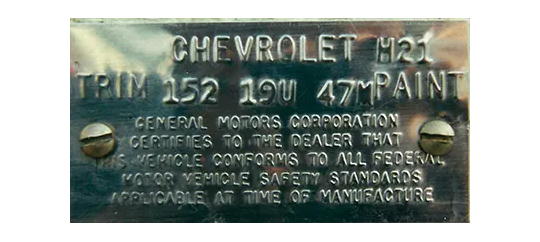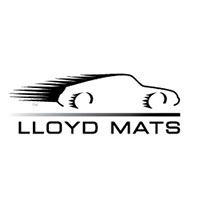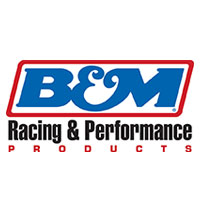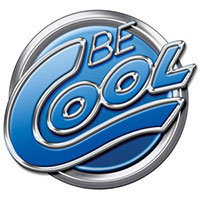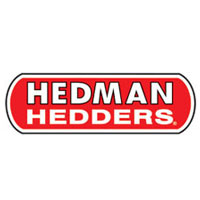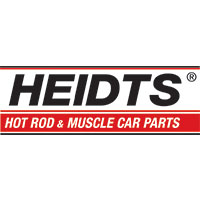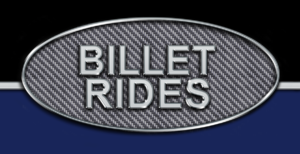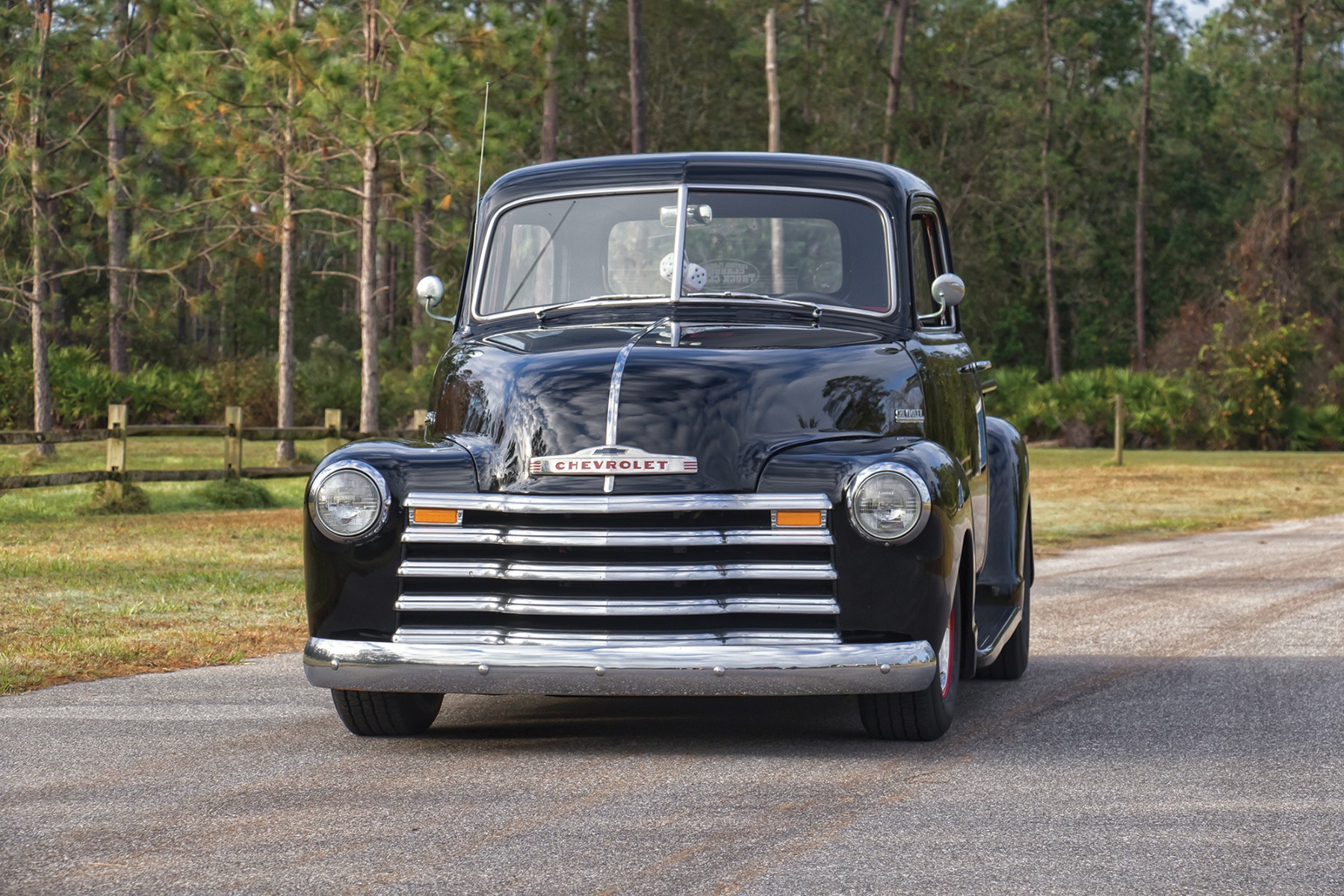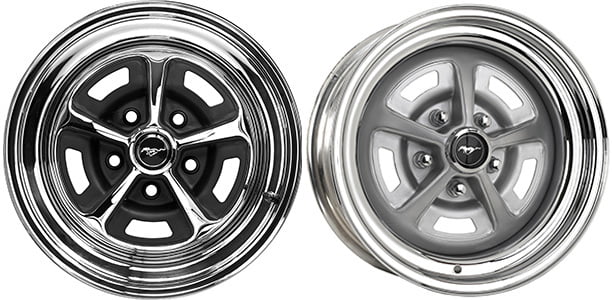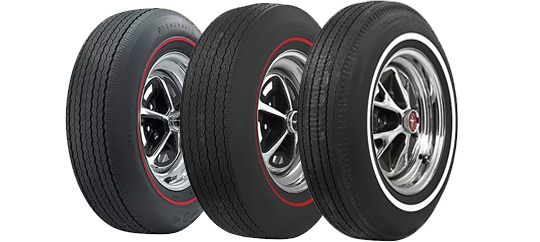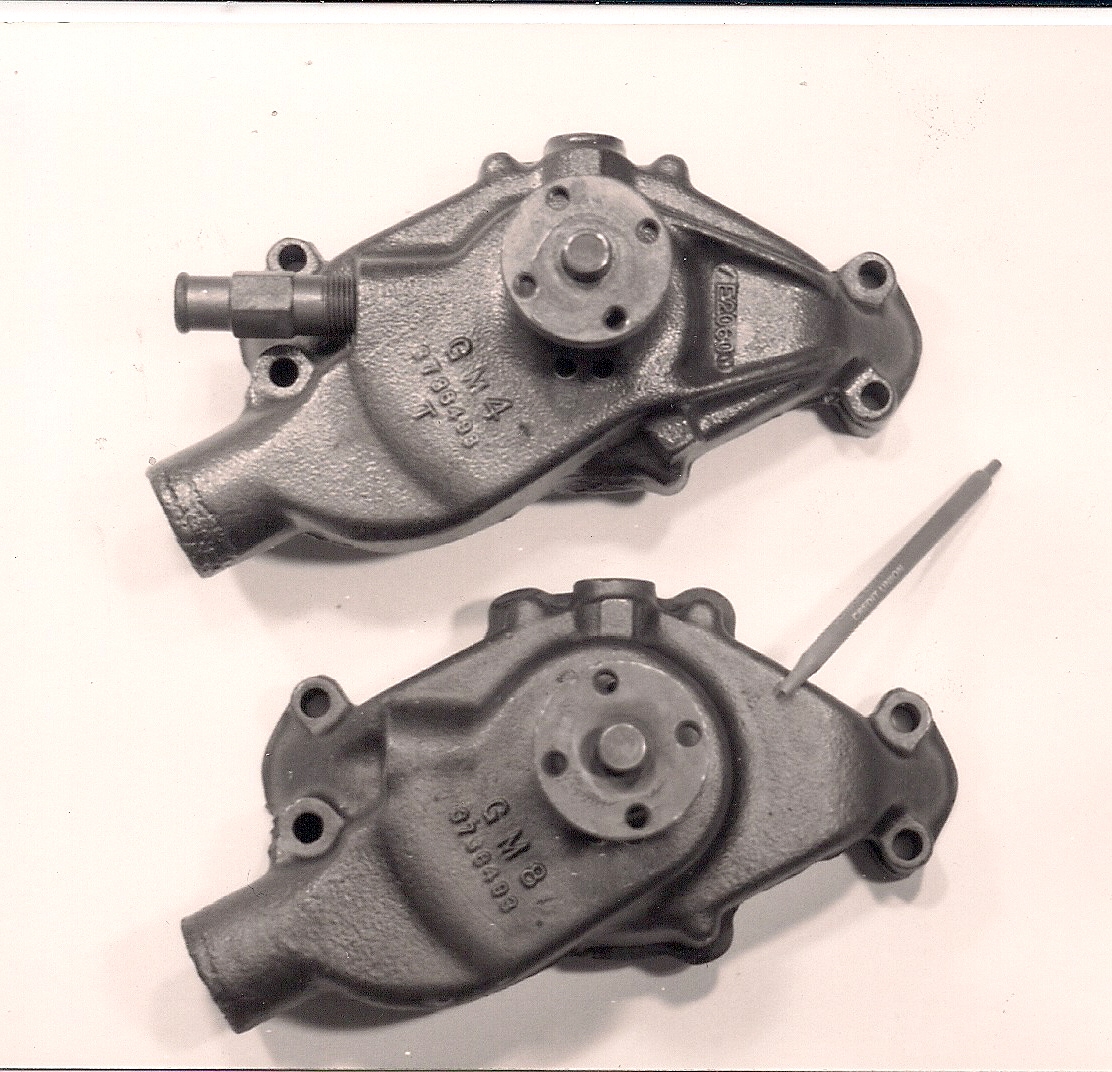Classic 1955-65 Corvette Camshaft ID
- Jan 20, 2020
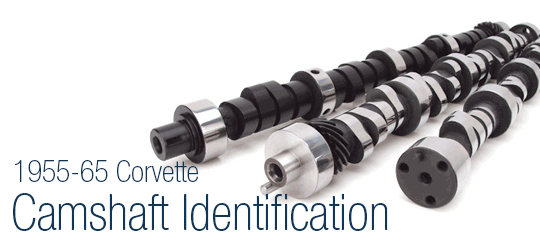
By: Alan L. Colvin
The camshaft is the one part of the internal combustion engine, which has the most bearing on how that engine will operate. The basic function of the camshaft is to control the timing, the length, the speed, and the height of the intake and exhaust valve openings inside the cylinder head. The camshaft in all Chevrolet engines is located within its own bearing chamber below the cylinder head face and above the oil pan rails. There have been some minor changes in rear camshaft bearing face design, but for the most part the camshaft has remained the same from 1955-82. It is important to verify which type of block, rear bearing face and camshaft bearing you need before you invest in a camshaft.
All 1955 and 1956 265 engines were produced with a grooved rear camshaft bearing. All 1957 265 and 283 engines were produced with the same type of “annular” groove behind the rear camshaft bearing. All small blocks produced after 1957 did not have a grooved rear cam bearing. Earlier grooved camshafts can be used in later model blocks, but not vice-versa. This same situation exists on the later big block Chevrolet engines as well and all passenger car 348 and 409 engines have the grooved camshaft rear journal. The 1967 and later big blocks do not have the groove. Chevrolet always includes clearance ramps in their valve timing specifications for hydraulic camshafts. The clearance ramp is actually the portion of the camshaft, which gradually takes up the clearance, or lash of the valve train. It begins the acceleration of the lifter on the opening side and slows the lifter on the closing side until the valve is seated. Since this distance is quite a bit longer than the actual valve timing event, the actual valve timing is much milder than the theoretical timing specs and, consequently, is not the camshaft’s actual valve timing.





























